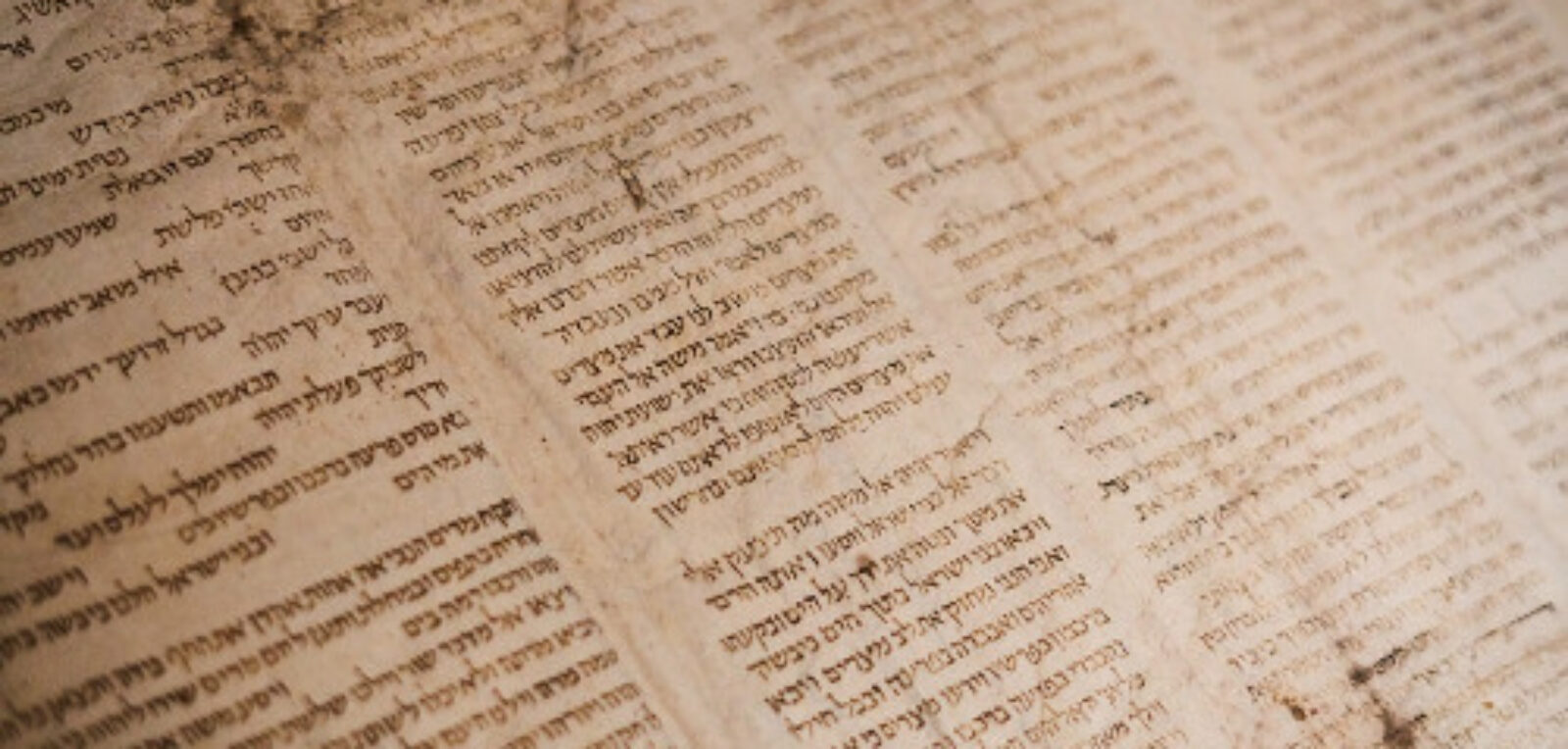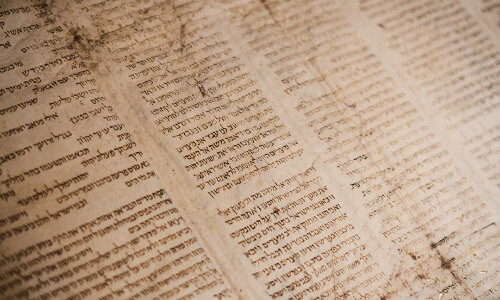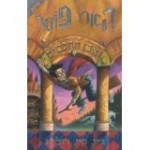Learn Modern Hebrew with these resources
To learn Modern Hebrew, you’re going need a way to learn correct pronunciation, a frequency dictionary to form your base vocabulary, and a good grammar book. You’ll also benefit from a thematic vocabulary book for specialized vocabulary and maybe a book or two, once you learn your first 1000 words. Make sure you read the Method sections of the website, then check out some of these recommended resources (pictures are links):
Pronunciation
Note: As a faster (and more effective) alternative to the following pronunciation resources, check out my Kickstarter project. It will make the first steps of Hebrew much easier for you, because it takes advantage of how your brain works (and how to re-wire it) in a way that traditional tools just can’t. Also, there just aren’t many good resources out there for Hebrew. It’s like everyone assumes you’ve been to Hebrew school as a kid or something. Hmph.
First off, get a feel for how pronunciation works in English. The video tutorials here should help. Once you understand that, start working on Hebrew. Modern Hebrew doesn’t pose many serious pronunciation problems for an English speaker. There are only 5 vowels, and only two tricky consonants, the R and the Ch.
I wish there were some published resources that really covered the basics well, but there aren’t very many. If you’re really starting off, I’d suggest you grab the Teach Yourself Guide, discussed below, since it comes with CDs and a real discussion of the alphabet in the beginning.
Otherwise, you can try Internet resources, which are free (but not always of excellent quality). Here are some of your options:
This alphabet trainer at UTexas is kind of neat, though there’s no simple way to get it into Anki. TeachMeHebrew.com has a simple, 22-card Anki deck with recordings, which can save you a bit of time when learning the letters. They also have a decent discussion of the Hebrew r and ch, two of the more problematic consonants of Hebrew for English speakers.
Over at Languageguide.com, they have a nice list of the letters and really good example words. They’re not in a format that’s easy to transfer to Anki, but you can get recordings of each of these words from Forvo.com and make a pronunciation trainer of your own pretty quickly, given these examples. (You can also grab a good list of example words from Wikipedia. You can also try the pretty impressive Hebrew course over at Hebrew4Christians.com, which does go over the alphabet in the beginning, with recordings.
Last, for large amounts of excellent recorded texts, try the free FSI Basic Hebrew course. They can be a bit dry, but the recordings are pretty wonderful.
To configure your computer to type in Hebrew, go here. You can get a bunch of Hebrew stickers for your keyboard from Amazon, here. Alternatively, you can try a transliteration web app, like this one (doesn’t seem to work very well in Safari, but works quite well in Firefox), and copy/paste each word into Anki.
If you’d like to learn how to write by hand, this series of Youtube tutorials includes instructions for writing Hebrew in both print and cursive as well as background information about the Hebrew alphabet.
Anki language learners community on Reddit. You can even check out this Anki language learning blog for other Anki tips and tricks for learning Modern Hebrew.
Your base vocabulary
I’ve made a base vocabulary list of 600+ words to start you off! As I talk about in that article, I find it easiest to translate those words using the short dictionaries at the end of a Lonely Planet Phrasebook; they’re cheap, short and give you good, standard translations for your words (just ignore the ridiculous pronunciation guides). Later, when you’re ready for sentences, you can go back to your phrasebook and grab some. After that, try some of these resources:
Hebrew doesn’t seem to have a decent frequency dictionary. Wikipedia’s list, as always, is a possibility, but it’s dismal to look at. Stick with the vocabulary in the Ha-Yesod grammar book, and supplement it by finding seemingly useful words in a phrasebook. (If you happen to be learning biblical Hebrew, check out this frequency dictionary, but it’s not going to help you with Modern Hebrew.)
You can also access ready-made Hebrew Anki decks to boost up your Hebrew vocabulary which is recommended, as it could save you time and get you started faster.
Grammar book
The standard workhorse of Modern Hebrew is Ha-yesod. It’s giant, it takes you all the way from the beginning levels to reading newspapers, and it’s a pretty consistent recommendation from anyone studying Hebrew seriously.
If you’re just starting out, you might want to try Lyttleton’s Colloquial Hebrew, which has good reviews and looks very similar in format and style to the Teach Yourself book. Eventually, you’ll probably want to switch to Ha-Yesod, above. It’s been recommended by our users over Teach Yourself Guide. The Teach Yourself Guide to Hebrew comes with CDs and really goes over the alphabet in depth. I’m not the greatest fan of this series (I wish I didn’t have to constantly flip to the back of these books to see half of the material), but they do their jobs and they really do start from nothing.
Book-type book
You can read anything that you enjoy. I’m a big fan of the Harry Potter series in translation, especially if you can find an audiobook version to listen to at the same time as reading.
Other Resources
Monolingual Dictionary
Morfix.co.il is the standard dictionary that most people use. I can’t seem to get it to play nicely with Google translate, but you can use the auto-translate feature in Chrome to get both original definitions/examples of words and their translations. And a reader, Daniel Ziegler, told us about this version, which has definitions in English. Daniel said that to teach himself how to use morfix, he studied resources by Jeff Benner and, for the nikkud pronunciations, the first few lessons of Bill Barrick’s Biblical Hebrew course on YouTube.
Assorted Technical Issues
If you’re running into computer problems with the Right-to-Left aspect of Hebrew, go to Dotancohen.com’s tutorial, which even addresses how to configure Anki to properly support Right-to-Left languages.
Try the Fluent Forever App
By the way, did you know the book is now an app. Check out our Fluent Forever app!
Discover our immersive method rooted in neuroscience designed to take you to fluency in < 30 minutes a day through four steps:
- 1. Train your ears with pronunciation lessons.
- 2. Learn vocabulary through images instead of translations.
- 3. Learn grammar naturally through stories relevant to you.
- 4. Practice your speech to fluency with native tutors.
Check out our Fluent Forever app!








